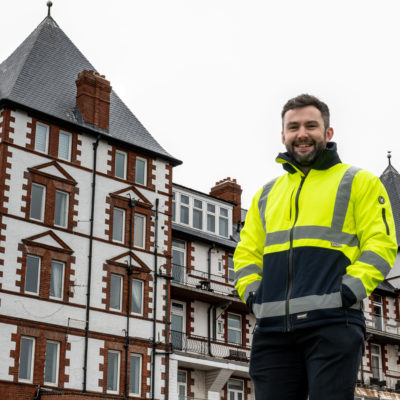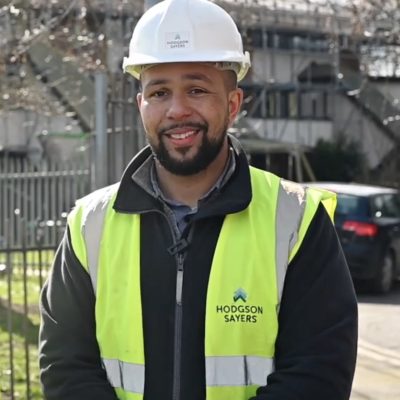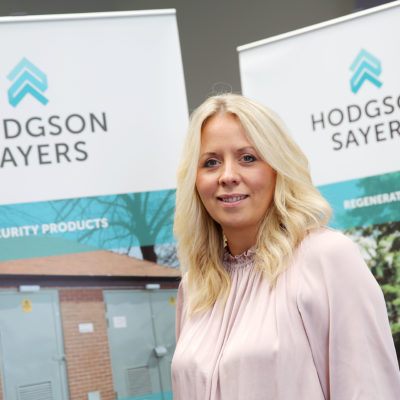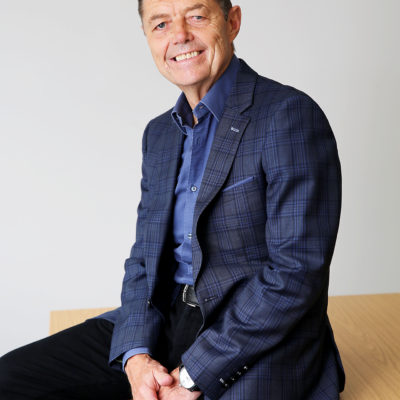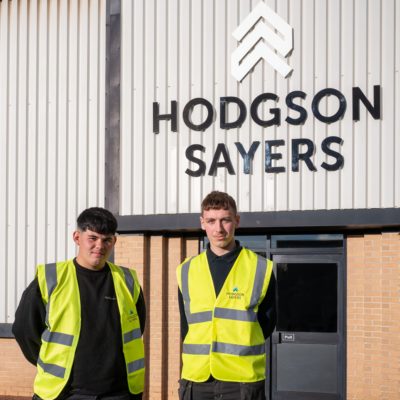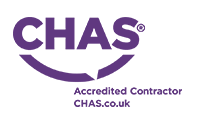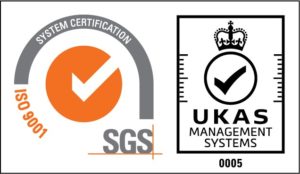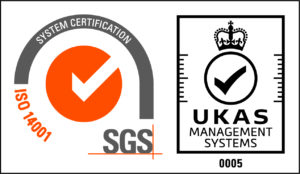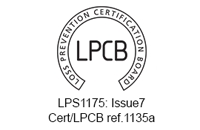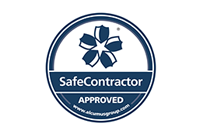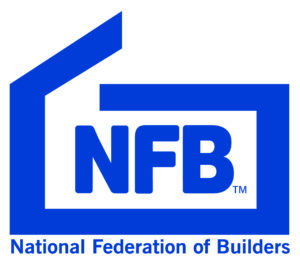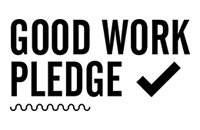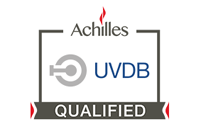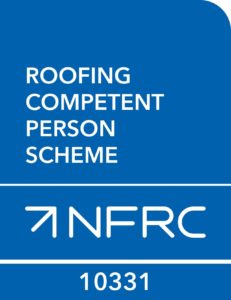ISO 45001 is the new goal
James Rolt, safety, health, environment & quality manager
As you’d expect – we set the highest standards when it comes to protecting our workforce.
With health and safety, there’s no time to rest on your laurels (or your current accreditation). Being accredited to a certain standard is one thing. But ensuring your work culture fully embraces health and safety, is quite another.
Since 2014 we have subscribed to the requirements of OHSAS 18001 for health & safety but there’s a new accreditation standard on the block – called ISO 45001.
One of the main differences between the old standard and the new is a bigger focus on getting the communication between your company and your workers the very best it can be.
The nature of our day-to-day activity means there is lots of hustle and employees are fragmented across different sites and project teams and are rarely all in the same place at once.
Of course, tools are the main implements our operatives use – not computers – so the easiest, most instant ways of communicating like emails and an intranet are not methods we can rely on.
We plan to make it easier for staff to feedback to us through toolbox talks, 1-2-1s and questionnaires so that we can set objectives for us to improve.
In recent years, the issue of protecting and caring about mental health at work has become a lot more prevalent and we are working on plans to ensure every employee feels safe and comfortable to come to our specially-trained mental health first aiders if they need support.”
A gap analysis is currently being carried out to determine exactly what we need to do to achieve ISO45001 by the end of 2025.
Sustainability drive
We understand there are considerable benefits to be gained from running an eco-friendly organisation and we strive to be at the very forefront of sustainable construction.
Through our management systems, sustainability is integrated throughout the company. Our employees are onboard with helping us diminish our carbon footprint and we’re making great strides towards achieving Net Zero carbon emissions by 2040.
Some of the actions we’ve taken to reduce our carbon emissions so far, that are having the biggest positive impact, are:
- Investment in a new fleet of vans that have reduced fuel-consumption;
- Installation of energy-efficient site accommodation and a grid connection on all sites, where it’s reasonably practicable; and
- Connection of gas, electricity and water monitoring systems at our head office depot.
We’ve overhauled our waste management in our offices and main depot to make it easier for our people to segregate waste. This has helped us achieve an encouraging 90 percent of our waste diverted from landfill.
Key to hitting this target has been our investment in training staff to be more environmentally aware, cautious and careful about discarding all categories of rubbish and waste.
Sites are regularly audited and checked against environmental best practice in accordance with ISO 14001.
Although many of the environmental impacts in our supply chain are beyond our direct control, we work hard to influence our partners, to help us both reduce our impact on the environment.
We’ve found that by having regular meetings with our top suppliers, we are getting the message across more loudly and clearly that we expect them to follow our lead when it comes to sustainability standards.
We also encourage our clients to use more sustainable materials.
Our sustainability scores in the Considerate Constructors Scheme are 14/15 which reflects our on-going commitment.


